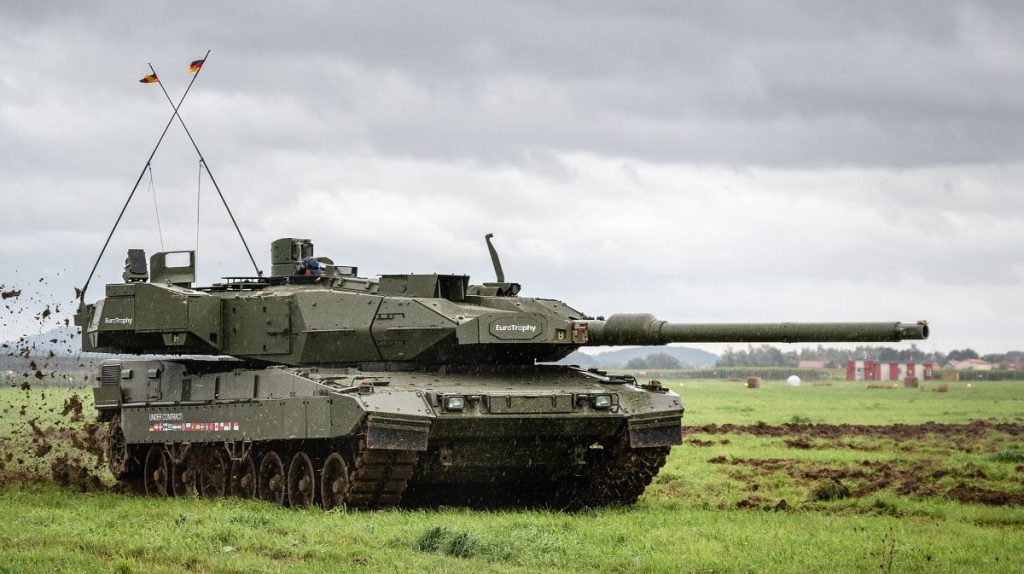Alliance plans hinge on German manpower as pressure builds ahead of key summit
Others are reading now
As geopolitical tensions continue to reshape global defense priorities, NATO finds itself at a pivotal moment.
With war still raging in Ukraine and increasing concerns about long-term threats from adversarial powers, the alliance is preparing to raise its defense expectations for member states.
Central to this shift is a growing push to redefine readiness—not just in spending, but in actual boots on the ground.
While NATO rapidly retools its defense strategy in the face of an increasingly assertive Russia, new expectations for Germany’s military contributions are surfacing. Internal alliance sources indicate that Berlin may soon be asked to supply an additional seven brigades—roughly 40,000 troops—under newly revised force targets.
Also read
A Significant Increase in Demand
The request reflects NATO’s broader shift toward bolstering collective readiness, with sources telling Digi24 the alliance now seeks to raise its total number of ready brigades to between 120 and 130—up from a current goal of 80.
That roughly 50 percent jump would require significant troop surges from multiple member states, and Germany is expected to shoulder a substantial share.
A senior military official described the shift as necessary, given that “NATO’s defensive posture must adapt to match the scale of the Russian threat.” Yet Berlin’s own readiness remains a concern.
With a current active-duty force of about 183,000, the Bundeswehr continues to fall short of its 2018 staffing target and is unlikely to deliver tens of thousands of new troops without substantial recruitment and training reform.
Challenges and Deadlines
Germany previously committed to providing 10 brigades by 2030, including a new force based in Lithuania.
However, delivering another seven would require a dramatic scaling of capacity. Defense planners are also constrained by the recent acknowledgment that U.S. troop presence in Europe could be reduced in the near future—an unsettling prospect, as NATO defense plans heavily rely on American support.
In response to these pressures, Berlin has already taken several major steps. Chancellor Olaf Scholz’s government recently relaxed Germany’s constitutional debt brake to allow increased defense spending and endorsed NATO Secretary General Mark Rutte’s proposal to raise the alliance’s spending target from 2 to 5 percent of GDP.
General Carsten Breuer, head of the German armed forces, has issued orders for full operational readiness by 2029—the same year NATO estimates Russia will have sufficiently rebuilt its forces to mount a credible threat.
With expectations mounting ahead of the alliance’s June summit in The Hague, Germany’s strategic choices may soon reshape NATO’s posture for a generation.


